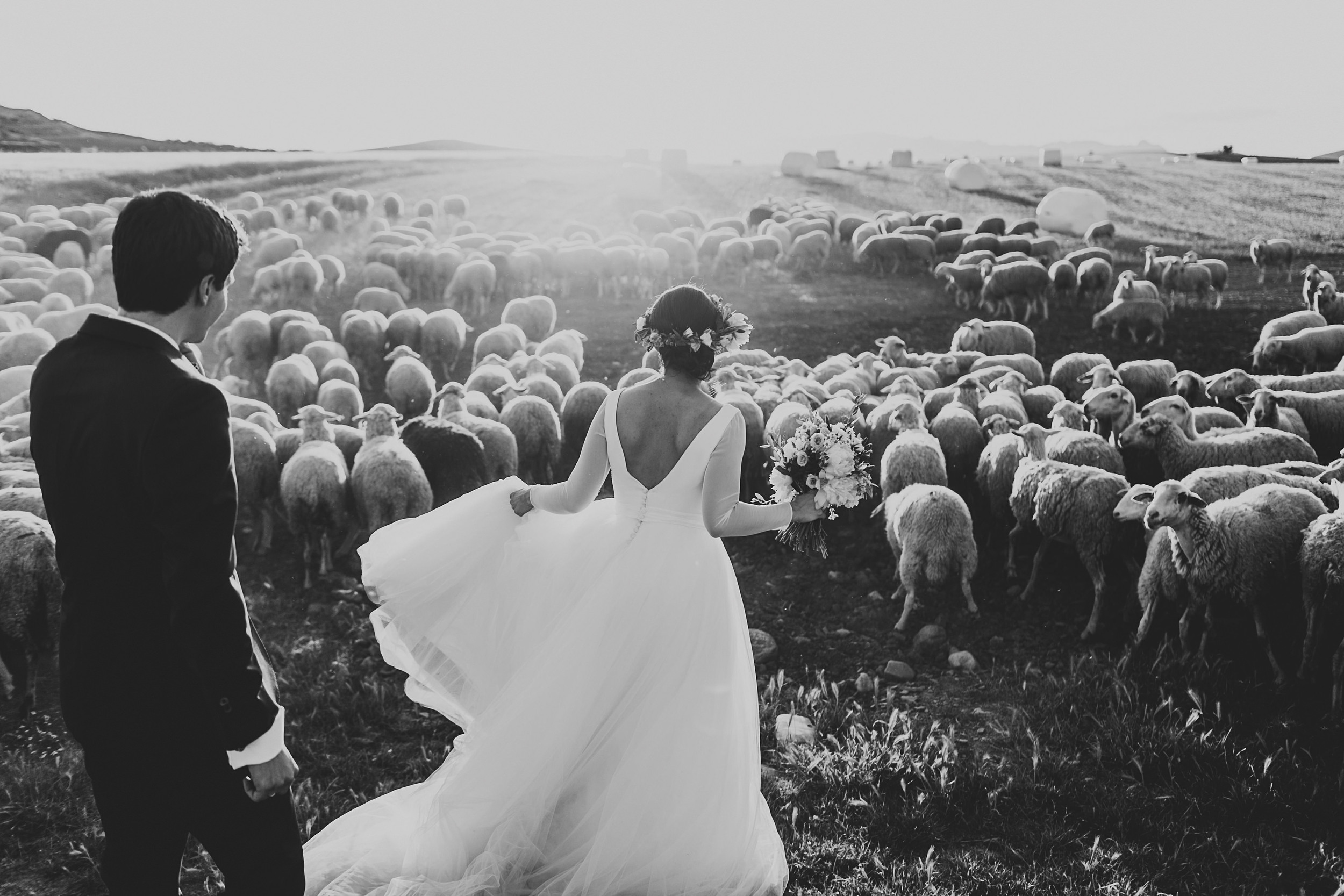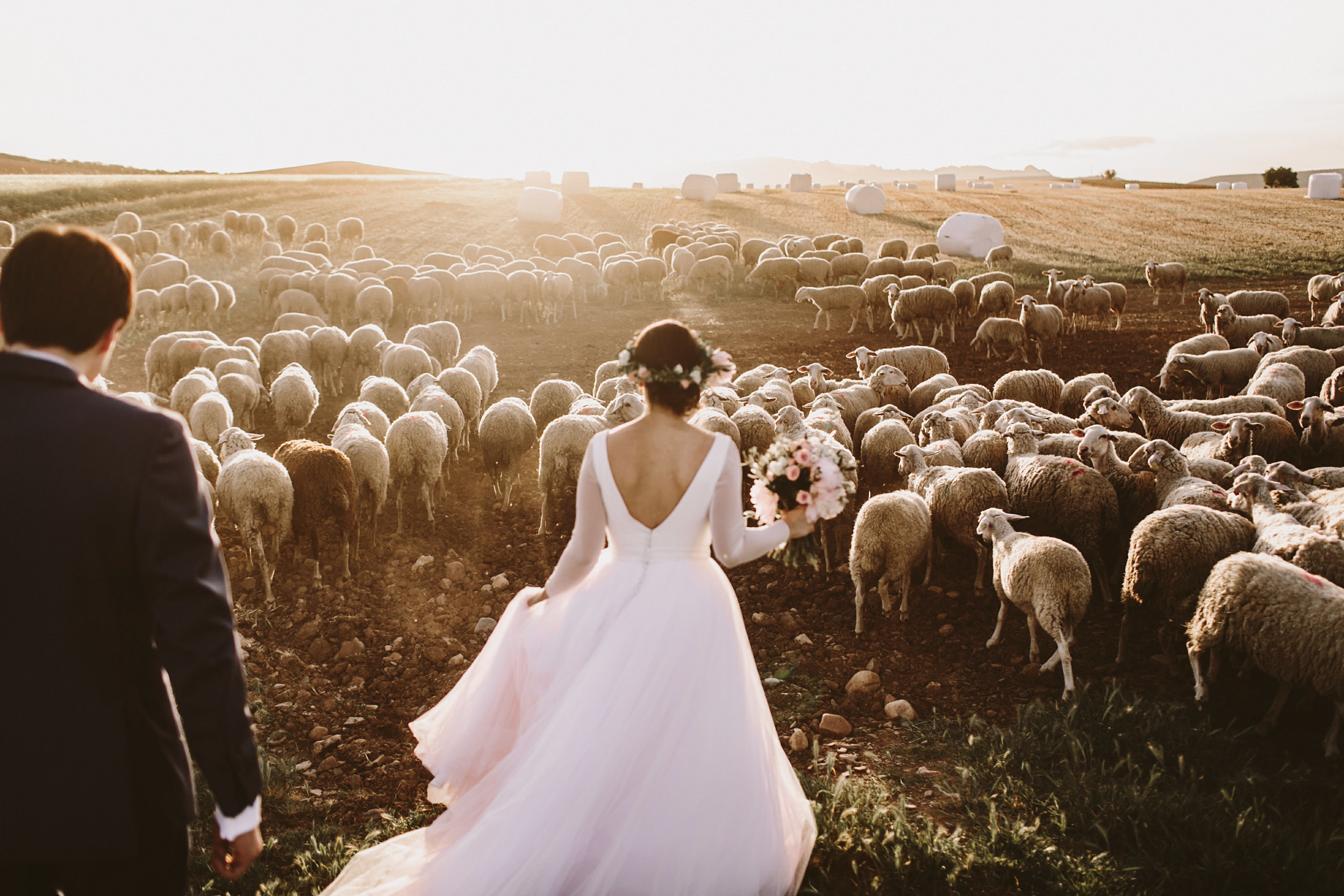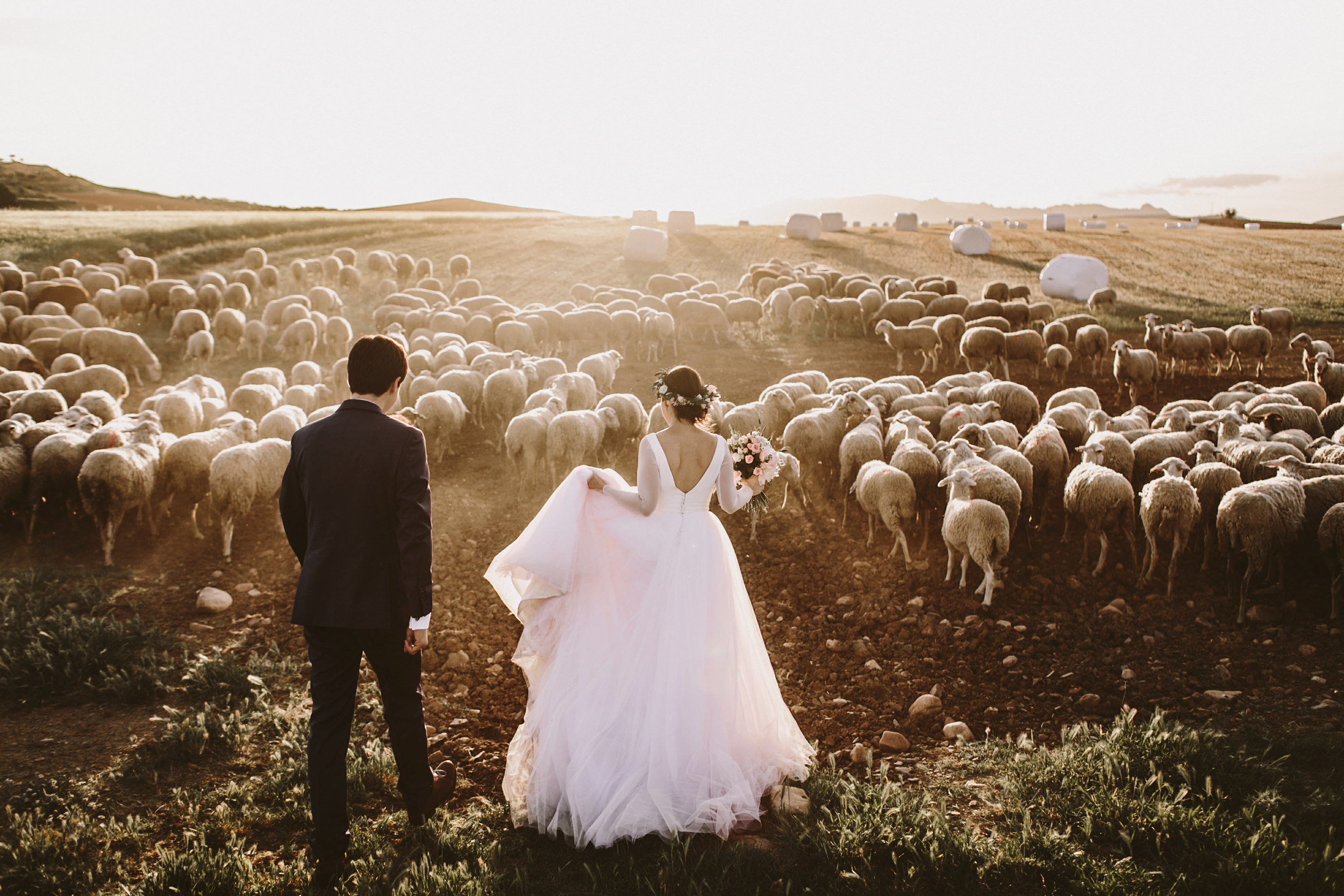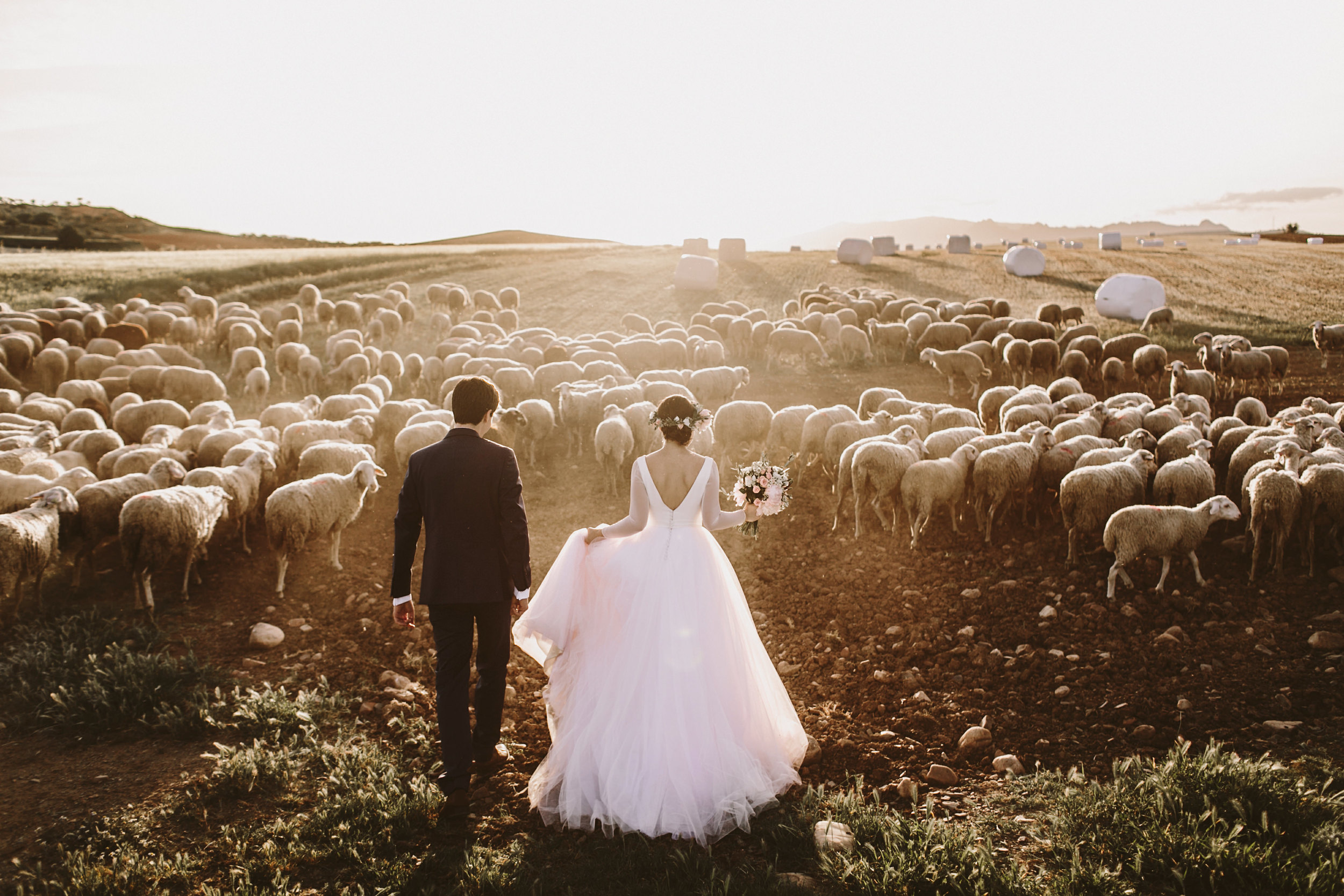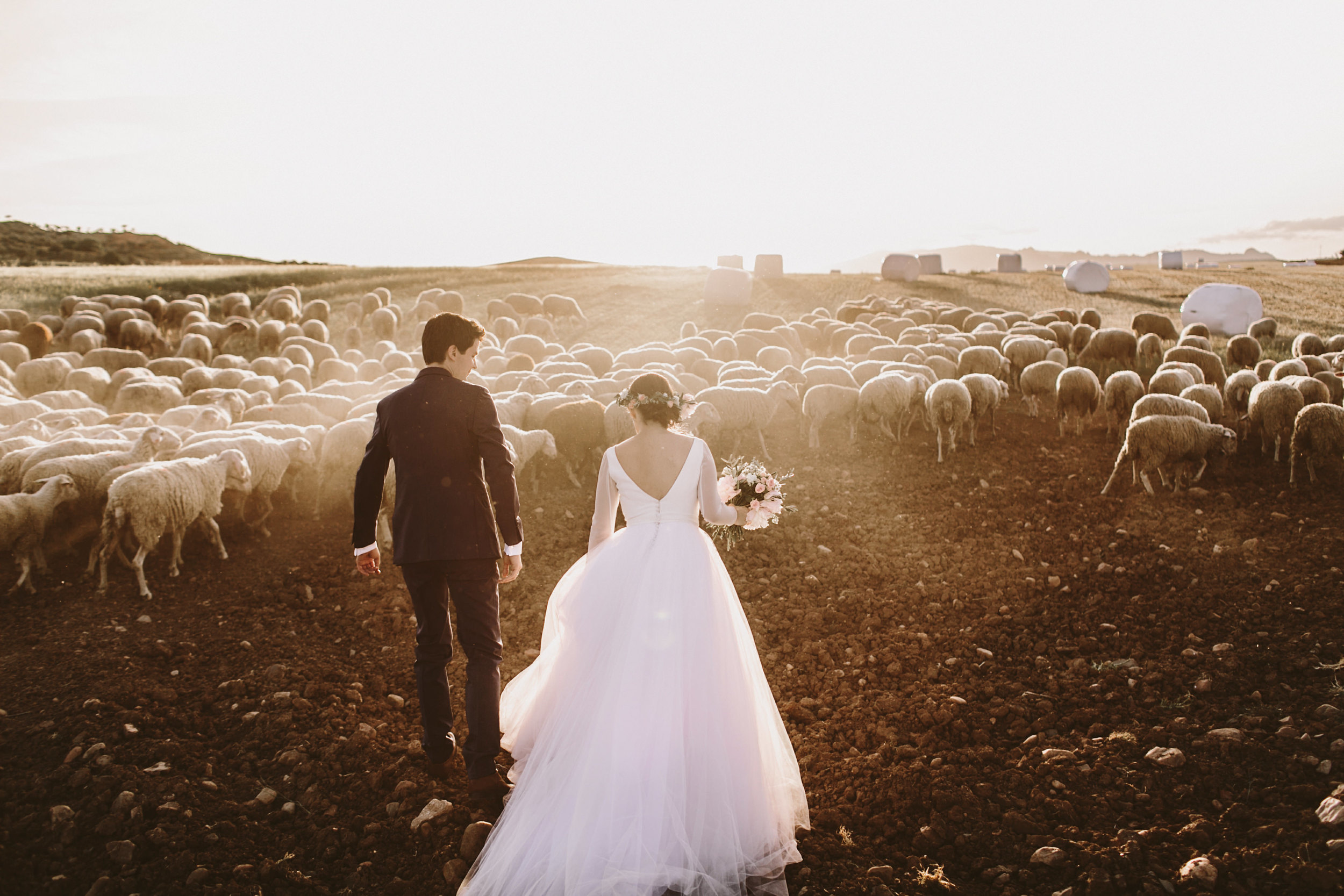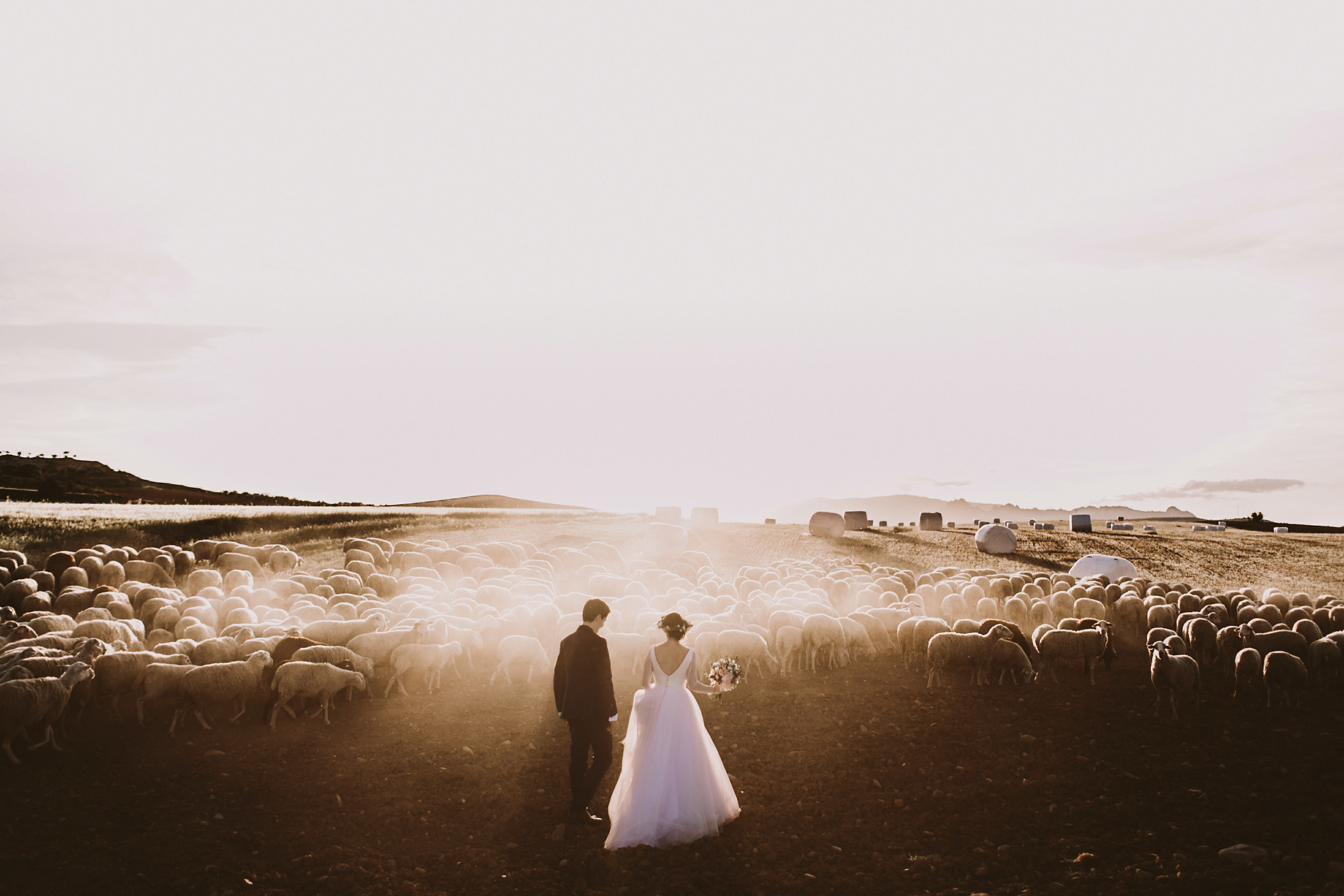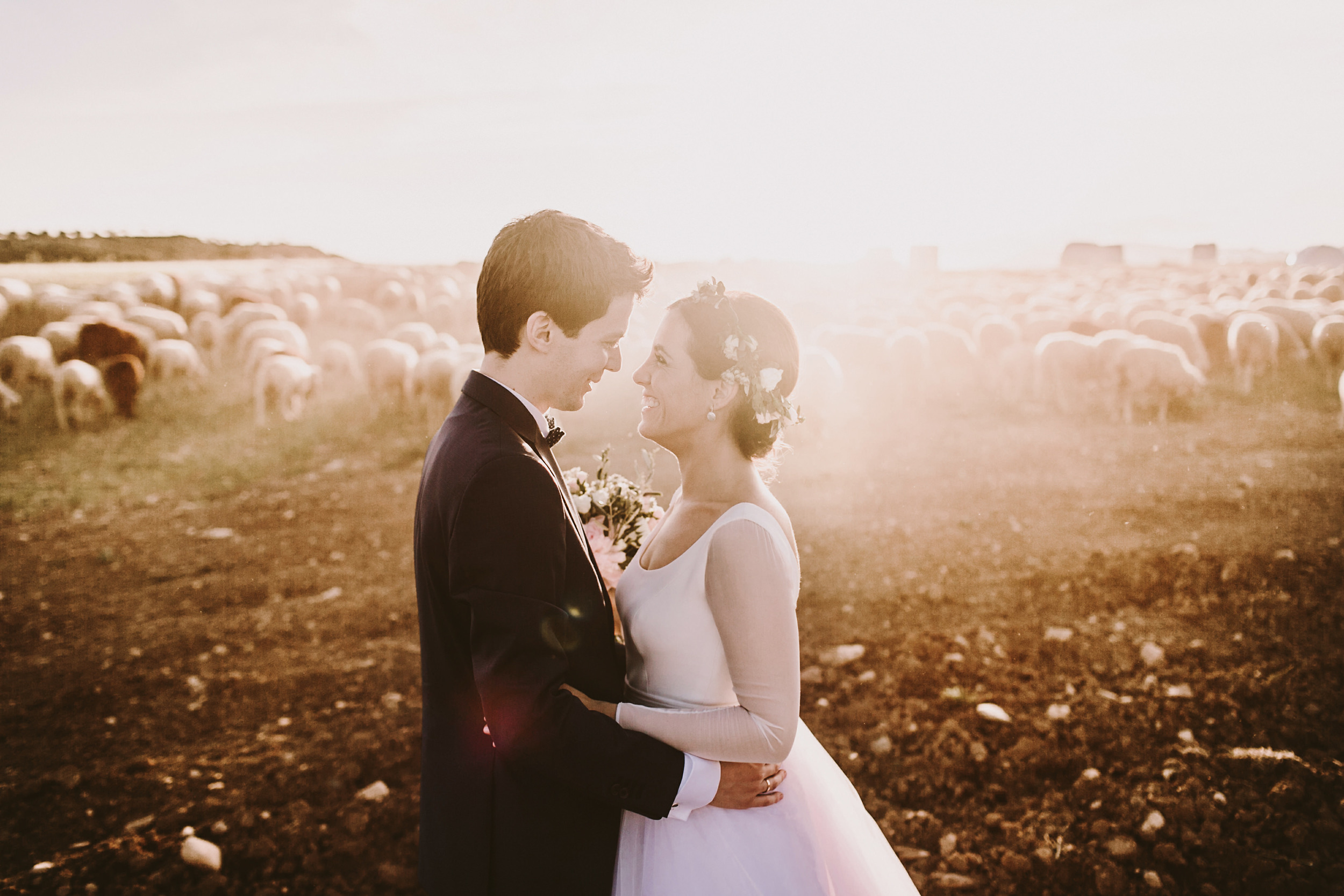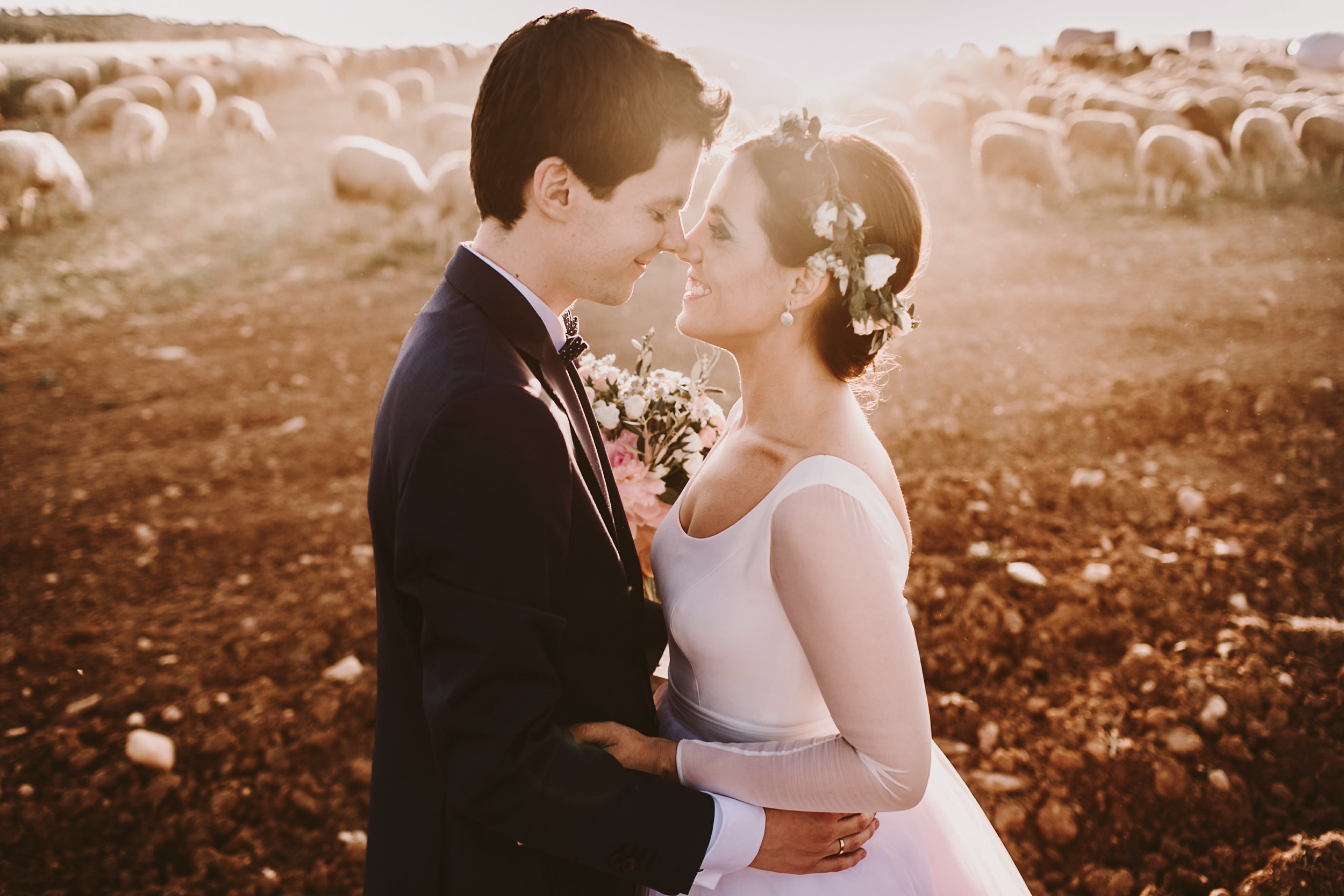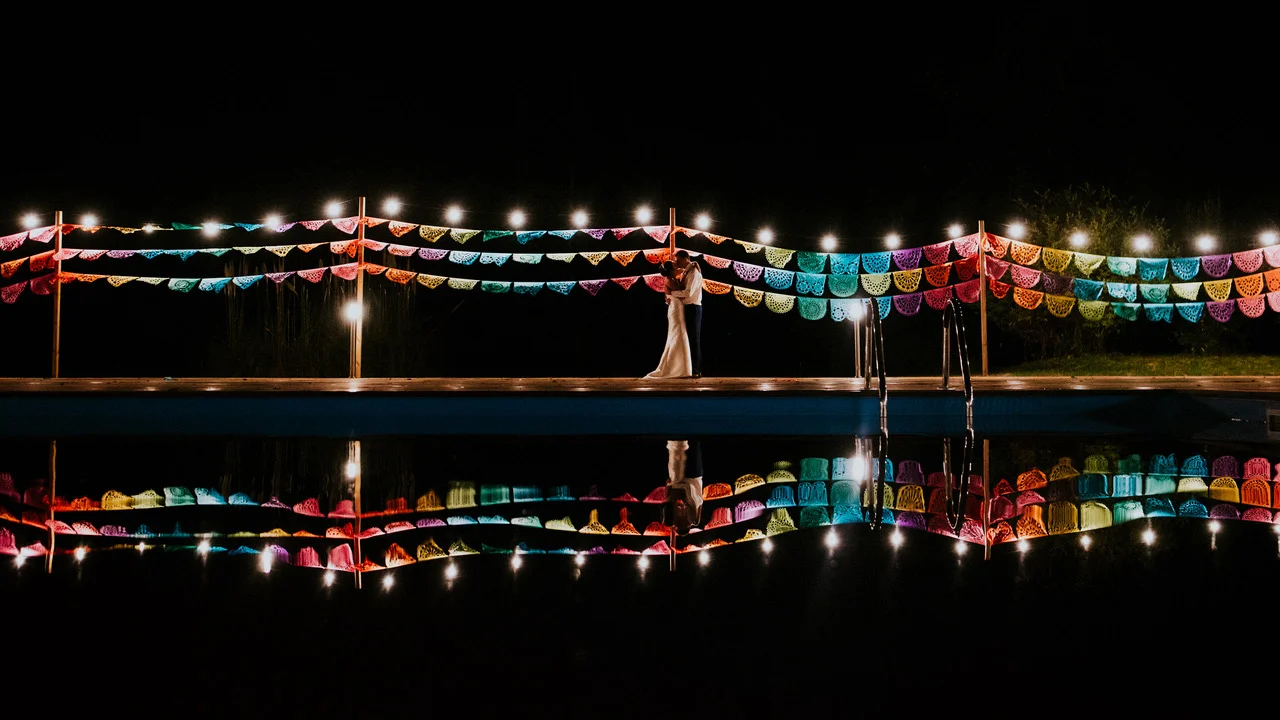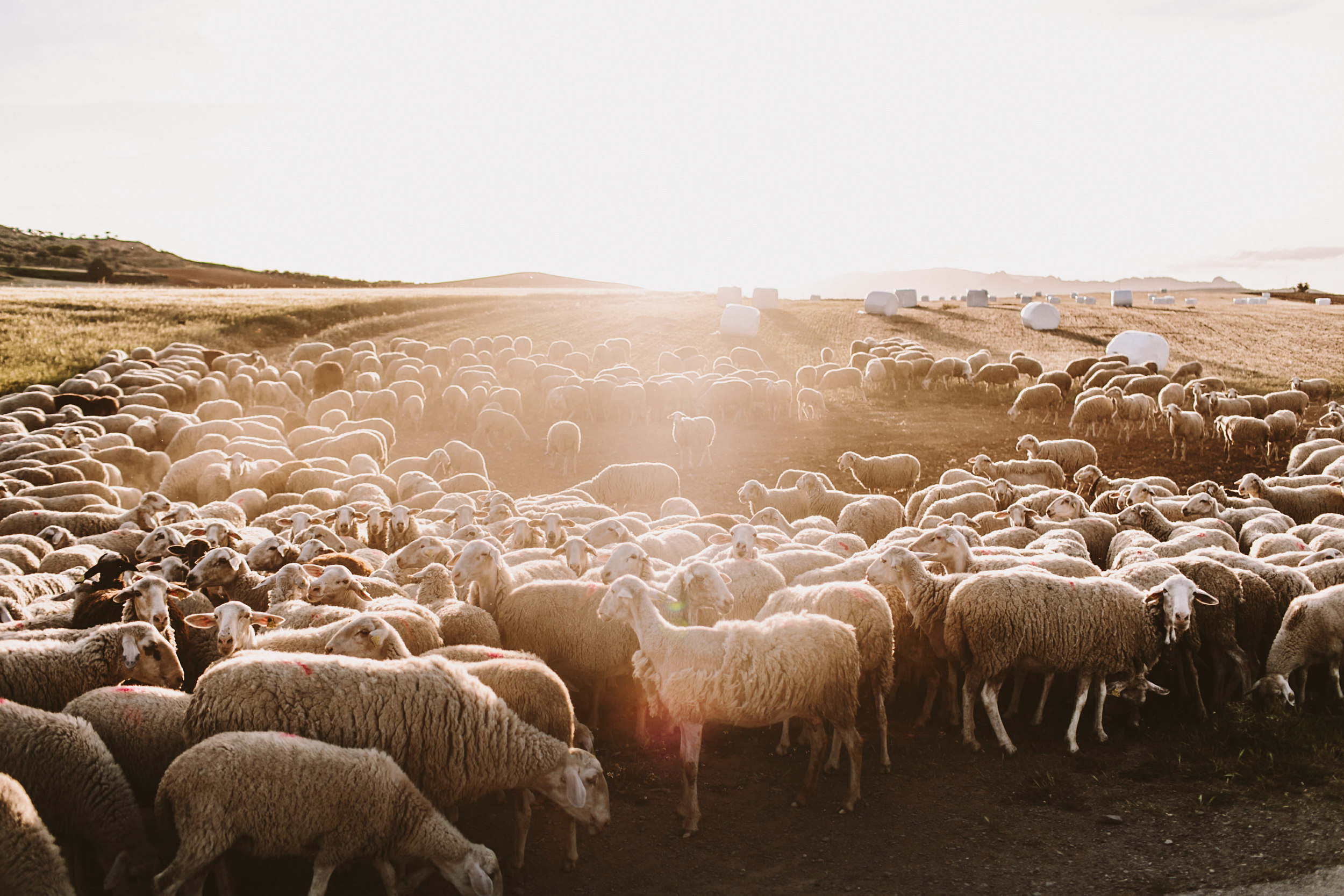Before & After | Daniel Alonso
Need more to be thankful for this holiday season? Feast your eyes on our latest Before & After with Daniel Alonso.
It's a veritable cornucopia of visual deliciousness!
Tell us a little about yourself, Daniel.
I’m absolutely inspired by cinema. It was my visual school since I was a kid. I always try to imagine how my favorite cinema directors or cinematographers would shoot a wedding. That’s a huge freedom of possibilities. In this way, Terence Malick, M. Night Shyamalan, David Fincher, Emmanuel Lubezki, Steven Spielberg, Christopher Nolan… are references for me.
Your influences. Who are they?
And talking about wedding photographers: Fer Juaristi (my main reference), Jonas Peterson, Jeff Newsom, Sean Flanigan, Samm Blake, Roberto Ramos, Sara Byrne… And such much more.
Do you have a vision before shooting a wedding? Tell us about your workflow - how your vision comes to life while shooting and in post.
I have some of my own rules when planning a shoot that makes it “my style”. Basically, my priority is emotion and good light. Finding these two things is my obsession and I try to make them come together in the same frame. But, I always try to be in an open-minded state and think like a cinema director, like I said before.
This photo is and example of working outside of my own rules.
My workflow is as follows:
1. I shoot almost 4000 photos per wedding. I select 800. I re-select 150-200 of this 800. I use Photomechanic for the selection.
2. I edit that 150-200 with LR. Always with Portra 160++ as a base.
3. I end the final look with ASE. I use Fuji Reala.
4. I make a slideshow with these photos.
5. I edit the rest of the 800 photos using the same post-process and catalog that as the first edition.
This process takes me 2 to 3 days.
When posting the wedding, I try to tell the story even if I have to “lie” in the order of the images to make it more cinematic.
I studied cinema scripting in college and it helps me to try to tell a story.
Now, tell us all about how this magnificent image came to be.
The story of this photo is the story of a photo that I didn't want to take.
We were coming from the ceremony to the venue and taking some time for the portrait shoots. I had in my head some shoots that I planned the day before and we were running out of time.
Suddenly, on the road we saw all the sheep in the country field.
In my head, I saw that great pictures could come from this. But I didn’t ask the bride and groom to take them. I saw a lot of difficulties. Just in my head: how can I ask them to stop the car on a side of the road, get out the car, get into a dusty and dirty country field to try to get a good shot? It was an internal fight for me. I didn’t want to make them feel uncomfortable.
“OK, let’s do this” I said to myself.
And we did it.
The final image that I wanted to take is this one.
But in the process of getting this, I asked them to take a walk up the hill while I was shooting that sequence.
And then it happened.
The post-processing was as follows:
1. SOOC
2. I use Portra 160++ as a beginning with and warm tone on shadows and pink tone in
highlights.
3. I decreased the highlights and the saturation of reds, yellow and oranges.
4. I opened the photo on Alien Skin Exposure. I applied the Fuji Reala and used the bokeh
tool to give a little tilt effect just on the below zone of the photo, just to avoid that the
stones get the attention.
5. It’s done. :)
Now, dear viewers, Feast your Eyes upon the whole sequence!
